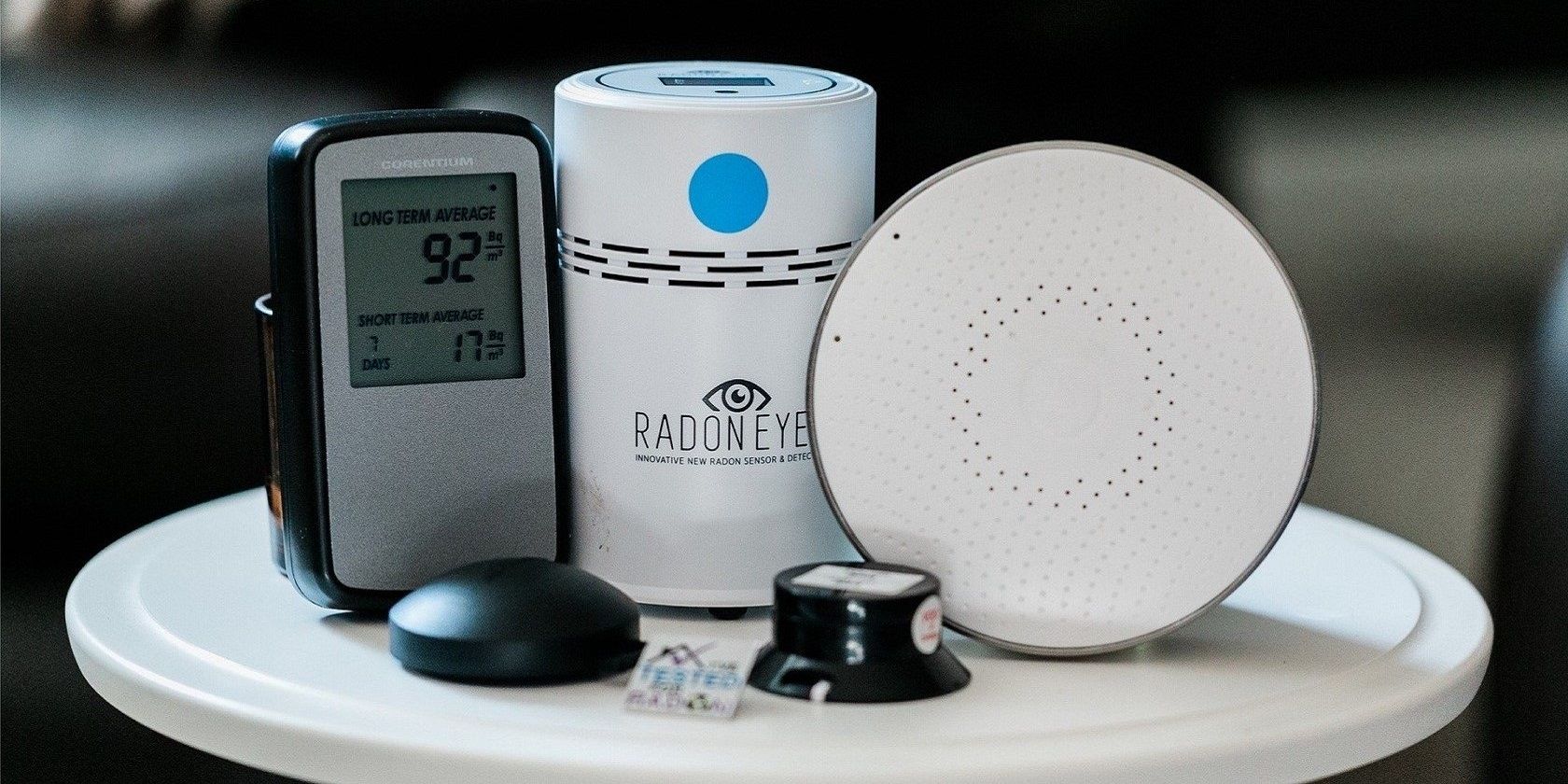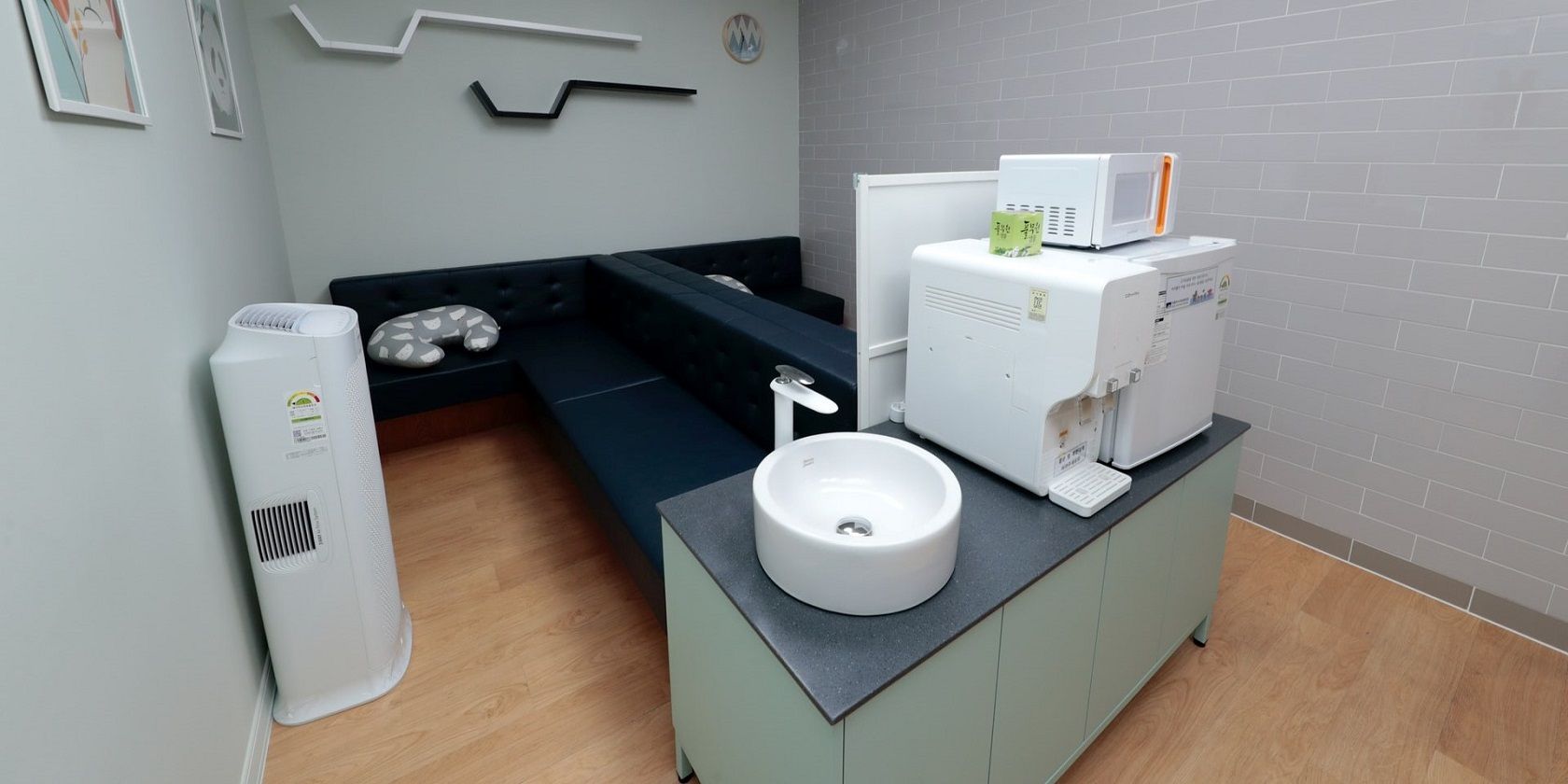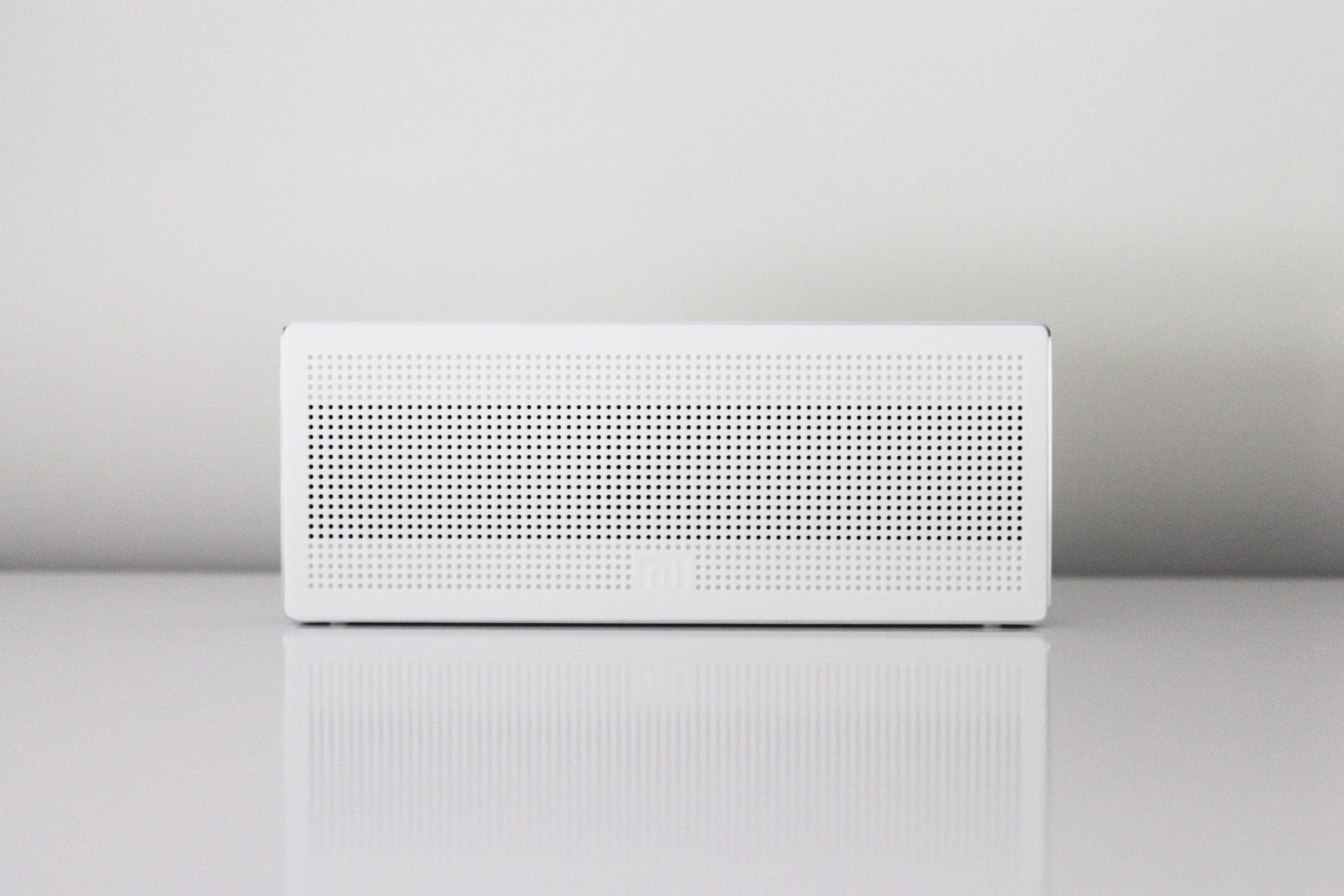There was a time when our only concern about the air we breathed was whether it was too hot or smelled like bacon. Today, our government agencies have tracked over 200 pollutants, and each one has an impact on our health.
We live in a world where pollution is on the rise, and therefore, it's important to take steps to protect your health. Investing in an air quality monitor is one of the best ways to know how healthy the air you're inhaling is. Here, we'll discuss everything you need to know about air quality monitors.
What Are Air Quality Monitors?
Air quality monitors are devices that measure pollution levels in the air. They are often electronic devices with sensors that collect data about the levels of different pollutants in the air.
You can use air quality monitors to determine how much pollution is in your immediate surroundings, like your home or workplace. They're also helpful for knowing when it's bad enough to warrant wearing an air pollutant mask outdoors, like when there's a wildfire nearby or during smog alerts.
How Do Air Quality Monitors Work?
An air quality monitor measures the amount of pollution in the air and sends the information to a handheld device or computer. The monitor will take periodic measurements and send real-time data on air quality.
There are two types of monitors: Particle monitors and gas monitors.
Particle monitors measure the number of particles in the air, such as dust, pollen, smog, mold spores, etc. On the other hand, gas monitors measure the level of gas pollutants in the air like nitrogen dioxide, sulfur dioxide, ground-level ozone, carbon monoxide, etc.
The goal is to find out if too many unwanted particles or gases in your area make it harmful for you to breathe. If you live in a city with high pollution levels, you might need an indoor filter with activated charcoal to help purify your home's air.
Why You May Need an Air Quality Monitor
Air quality monitors are beneficial if you have asthma, allergies, or chronic obstructive pulmonary disease (COPD) conditions. If you have one of these health conditions, knowing the air quality in your area is essential for preventing or treating episodes.
If you live near a factory that emits fumes into the surrounding air, you should always keep an air monitor handy. It can tell you if it's safe to go outside and play with your kids or whether you should stay inside until the air clears up. We'd also highly recommend installing an air purifier in your house.
On top of that, an air quality monitor can also be helpful if you are concerned about radiation in the form of dirty bombs, nuclear accidents, or power plant emissions. These particles and gases may not be in your area, but that doesn't mean you shouldn't know if they are present.
Factors to Consider When Buying an Air Quality Monitor
As with every device, there are good products, and then there are bad ones. Here's a list of possible features to consider:
A Real-Time Air Quality Monitor
An air monitor is only helpful if it updates the information regularly. A monitor with a real-time sensor will show you the air quality in your area as it changes over time.
The Ability to Track Air Quality Over Time
You'll need a way to track how different pollutants fluctuate–or don't–over time. In general, you should look for an air monitor that can record at least 24 hours' worth of data.
The Ability to Track Multiple Air Quality Readings
You'll also want an air quality monitor that can simultaneously track multiple pollutants in the air. If your area has high levels of pollution, it may be helpful to know which pollutant is the most dangerous so you can better protect yourself and your loved ones—whether that means getting an air purifier or moving away.
Not All Air Quality Monitors Are Equal
There are several air quality monitors out there, from cheap DIY models to higher-end devices requiring professional installation. It's essential to know the differences between the different kinds of monitors before you purchase.
DIY Air Quality Monitors
DIY air monitors usually have basic sensors and a small display to show data and readings. You can build an air quality monitor yourself to track different pollutants, like pollen or gas particles. While these models are the least expensive option, they often don't offer real-time updates or the ability to track data over time. You'll also need to assemble them yourself or have someone help you do so.
Indoor Air Quality Monitors
Indoor air quality monitors are generally wireless devices that detect all types of pollutants. Most have sensors for carbon monoxide, nitrogen dioxide, particulate matter, and volatile organic compounds, while some also include sensors for chloroacetic acid. All outdoor readings are integrated with your current weather data, which can tell you if it's safe to go outside or not.
Higher-End Monitors
Higher-end, professional air quality monitors typically cost several thousand dollars and are more complex than other models. These monitors usually require professional installation and monitoring, but they do offer real-time updates on the local air quality levels in your area. Some higher-end models also have GPS capability so that you can pinpoint the exact location of pollution particles.
When choosing the right air quality monitor, you'll need to consider your budget and needs. For many people, a simple DIY model is enough to protect their health. Others will prefer professional models that give them real-time data on the local air quality in their area.
Before investing in an air quality monitor, you should discuss the purchase with a doctor. Everyone needs to know what types of pollutants are in their area, but some people need to take extra precautions—especially those who have allergies or conditions that high pollution levels could worsen.
Get an Air Quality Monitor That Works for You
Investing in an air quality monitor is a great way to protect your family's health. With the right device, you can detect pollution levels in your area and take precautions when necessary. When you're out shopping for one, look at your budget, requirements, and the types of pollutants in your area.
With so many air quality monitors on the market, you'll need to choose one that works best for your unique situation.



